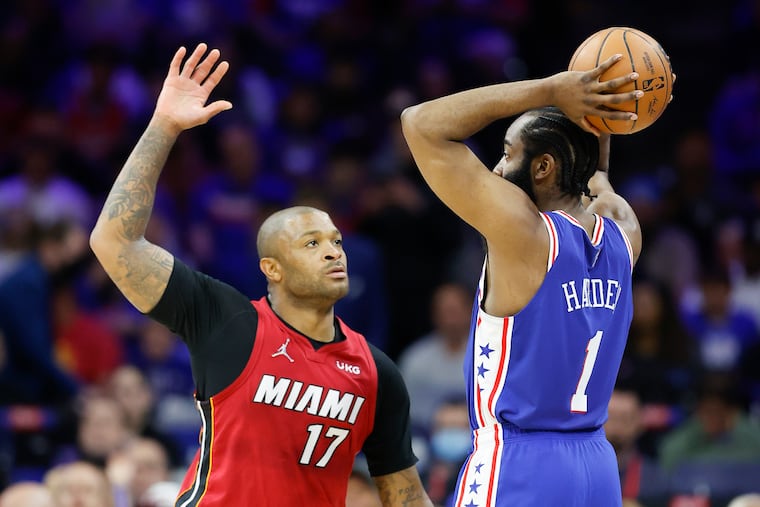NBA free agency 2022: Overpaying P.J. Tucker is a chance the Sixers have to take
The Sixers are no longer at a point where cap flexibility can be their primary concern. They're trying to win now, and that means accepting some risk.

The Sixers are no longer at a point where cap flexibility can be their primary concern. They're trying to win now, and that means accepting some risk.
